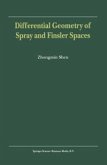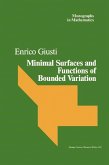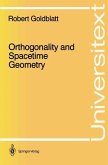This book focuses on the elementary but essential problems in Riemann-Finsler Geometry, which include a repertoire of rigidity and comparison theorems, and an array of explicit examples, illustrating many phenomena which admit only Finslerian interpretations. "This book offers the most modern treatment of the topic ..." EMS Newsletter.
Dieser Download kann aus rechtlichen Gründen nur mit Rechnungsadresse in A, B, BG, CY, CZ, D, DK, EW, E, FIN, F, GR, HR, H, IRL, I, LT, L, LR, M, NL, PL, P, R, S, SLO, SK ausgeliefert werden.









